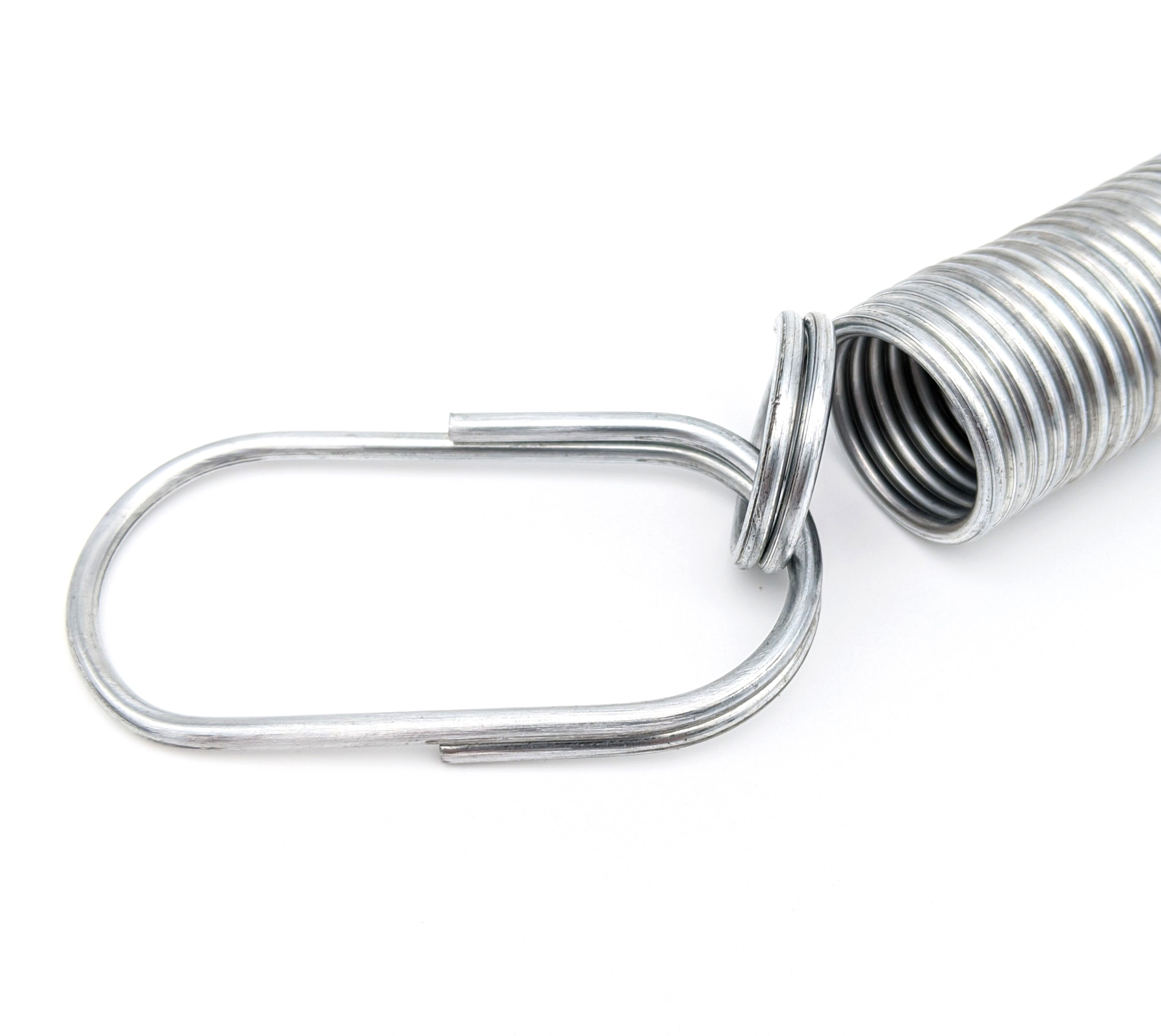Get unique, complex parts easily. No matter your requirements, Chaoyi Spring creates hard-to-produce coil springs and wire forms.
Let us help you create the custom wire form you need, from S-hooks and J-hooks to utility hooks and more.
We work closely with customers across a wide range of industries, helping them design and manufacture made-to-order parts.
Why choose Chaoyi Spring? We prioritize customer-focused collaboration, modern equipment and the latest technology to make your parts per print.
Find the information and guidance you need, from measuring a spring to learning about materials, placing an order and much more.
Tension springs, also known as extension springs, are essential components in various mechanical systems, providing a reliable and efficient way to store and release energy. They are characterized by their


Tension springs, also known as extension springs, are essential components in various mechanical systems, providing a reliable and efficient way to store and release energy. They are characterized by their ability to exert a force when stretched, making them ideal for low-force applications where precise control and consistent performance are crucial. This article delves into the intricacies of tension springs, exploring their working principle, applications, and the factors to consider when choosing the right spring for your needs.

Tension springs are coiled wire components designed to absorb and release energy when subjected to a stretching force. Their construction involves winding a wire around a mandrel, creating a helical shape with a specific number of coils. The spring's ability to store energy and exert a force upon release depends on factors such as the wire diameter, spring material, number of coils, and coil spacing. When stretched, the spring stores potential energy, which is then converted into kinetic energy upon release, driving the desired movement or function.
The force exerted by a tension spring is directly proportional to its extension. This means that the greater the stretch, the higher the force applied. This linear relationship between force and extension allows for precise control over the spring's performance and makes it suitable for applications requiring predictable and consistent force output. The spring constant, often denoted by 'k,' is a measure of this force-extension relationship and plays a crucial role in spring selection.
Tension springs excel in applications where low-force control is paramount. Their versatility makes them valuable components in a wide range of industries, including automotive, electronics, medical devices, and consumer goods. Here are a few common examples of how tension springs are used in low-force scenarios:
Selecting the right tension spring for your specific application requires considering various factors that directly impact the spring's performance and durability:
Tension springs are indispensable components in various low-force applications, providing reliable and efficient solutions for controlling movement and storing energy. Their versatility, precision, and adaptability make them suitable for a wide range of industries. Understanding the working principle, applications, and key considerations for selecting the right tension spring ensures optimal performance and functionality in your mechanical systems. By carefully considering the factors discussed, you can choose the most appropriate tension spring to meet your specific requirements and enhance the efficiency and reliability of your design.
As technology continues to evolve, the demand for precision and control in mechanical systems is only increasing. Tension springs, with their unique ability to provide reliable force and motion control, are poised to play an increasingly important role in various applications. By understanding their strengths and limitations, engineers and designers can leverage the versatility of tension springs to create innovative solutions that push the boundaries of what is possible.
Browse some of the custom wire forms and springs that we manufacture. Don’t see what you need? We specialize in made-to-order products that meet your application requirements.
Visit Our GalleryNeed a custom wire form or coil spring? We make it work. Fill out the contact form and a representative will respond within 1 business day. If you have a PDF or CAD file, you can submit to request a quote.